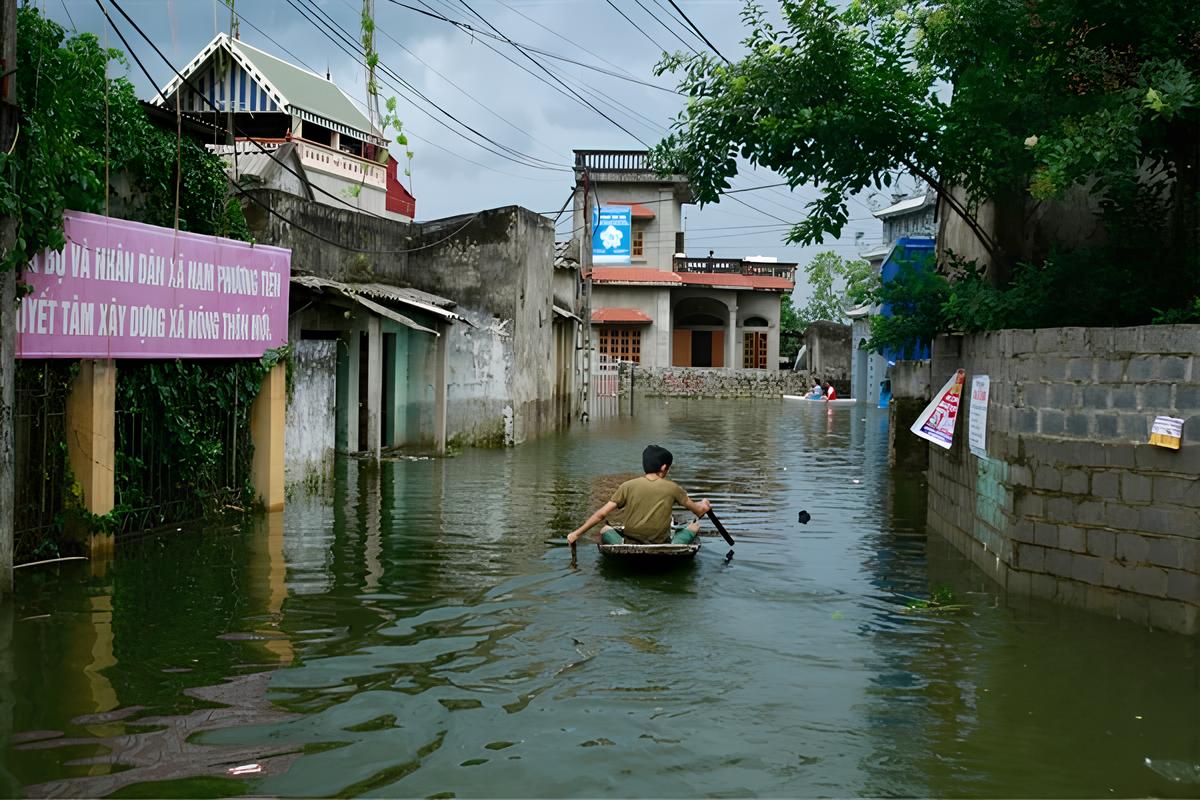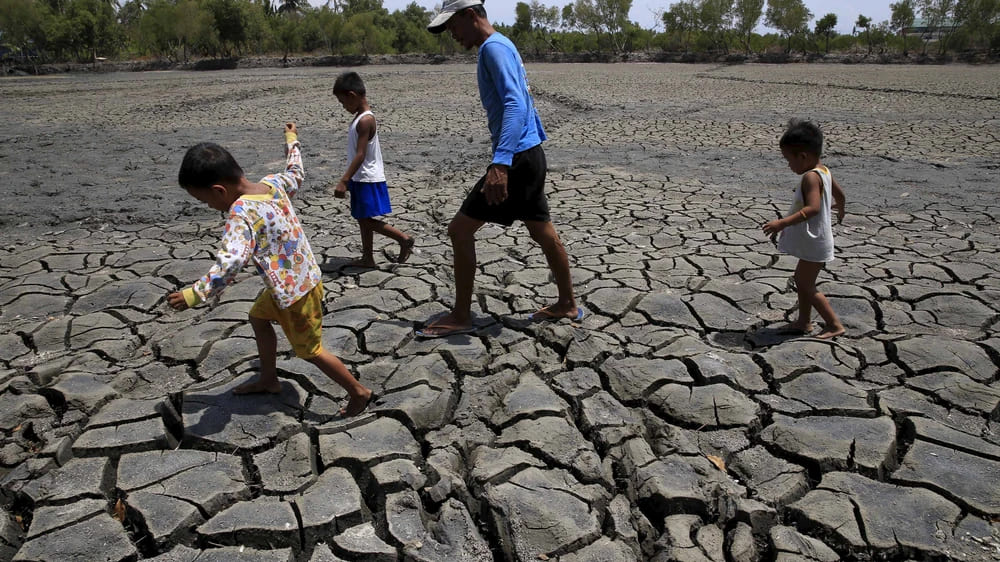Recently, the world was hit by the worst heatwave in 200 years. Southeast Asia is one of the hardest-hit regions. This disaster threatens not only human health, but also food supplies. In addition to affecting Asian communities, the heat wave has significant geopolitical implications. Two consecutive years of extreme heat waves have created an unprecedented situation.
The world has faced a crisis due to the Russia-Ukraine conflict, which has disrupted grain production and distribution en masse. This has caused global food prices to skyrocket, with wheat prices rising more than 60% by May 2022. World Bank data for 2022 also shows that every 1% increase in food prices could push nearly 10 million people into extreme poverty.
Global food security depends on a complex system of dynamic political, social, and economic factors. While each community faces unique food security challenges, climate change and its impacts pose a serious global threat.
How Badly Is the Climate Change Affecting Food Security?
Extreme weather has a direct impact on physical access to food by disrupting the supply of food to markets and people's access to markets due to damage and obstruction of transportation routes by severe weather. Climate change and extreme weather events also affect food utilization by altering the micronutrient and nutrient content of crops, and by replacing high-nutrient crops with low-nutrient crops due to adverse climate impacts.
Food safety in supply chains is also affected by climate change, where higher temperatures increase microbial growth and generally reduce food safety. The stability of food security is also affected by fluctuations in food supply, access, and utilization caused by extreme weather events in the short and medium term. In the long term, climate change threatens the resilience of food systems and livelihoods by putting pressure on agriculture, ecosystems, water and land. Agriculture-dependent communities in low-income contexts also face an increased risk of conflict due to drought, which can ultimately threaten community stability and peace.
In addition, extreme weather events are five times more frequent today than they were 50 years ago, increasing the likelihood of climate-related disasters such as droughts and floods. As communities are exposed to climate shocks, economically vulnerable groups are at high risk of food insecurity, regardless of their country's income level.

Food Security Impacts of the Southeast Asian Climate Change
Rice production in Asia plays an important role in the global food supply. More than 90 percent of the world's rice supply comes from Asia, particularly in tropical regions with abundant rainfall. In 2019, East and Southeast Asia produced an estimated 418.56 million tons of rice, accounting for 47.6% of the region's total cereal production and 55.4% of global rice production. This rice production has a significant impact on the region and the world.
However, Germanwatch's Global Climate Risk Index 2021 report shows that a number of countries in Southeast Asia, such as Myanmar, the Philippines, Thailand, and Vietnam, face very high climate change risks from 2000 to 2019. Climate change is a key driver of the region's food security challenges. By the end of 2019, Southeast Asia will also face serious drought problems. The water level of the Mekong River reached its lowest level in nearly 60 years, which, combined with the El Niño phenomenon, caused severe drought in countries such as Cambodia, Laos, Thailand, and Vietnam. This led to an increase in rice export prices in Vietnam and Thailand in the first quarter of 2020.
In the context of food security, food utilization includes safety, quality and nutritional status. Data from the Global Nutrition Report 2020 show that in Asia, 21.8% of children under 5 are stunted and 9.1% are wasted. These nutritional conditions are worsening due to low food availability and external factors such as climate change. Communities with limited access to food are at risk of malnutrition. Calorie deficiencies will become more common, and micronutrient adequacy is key to improving food security.
Agriculture-dependent populations in developing countries often experience declining incomes due to low productivity. As a result, they tend to buy cheaper but less nutritious staple or processed foods rather than fresh fruits and vegetables. Limited drinking water and sanitation, difficult access to health services and a lack of dietary diversity further worsen the nutritional status of these vulnerable groups.

Severe drought in the inland rice fields of the philippines in 2015 (© Rome Ranoco/Reuters)
We Must Improve!
Climate change poses complex and widespread risks to food security and nutrition, affecting everything from ecosystems to livelihoods and trade. The most vulnerable populations, especially those dependent on the agricultural sector in climate-vulnerable areas, will suffer the most severe impacts. Mitigating these impacts will require interventions that are integrated and sensitive to the multiple dimensions of the issues at stake, as well as to multiple time scales. It will also require investments, policies and cooperation across sectors and stakeholders to support the implementation of effective adaptation strategies.
The National Adaptation Plan process initiated by the United Nations Framework Convention on Climate Change (UNFCCC) provides an opportunity to integrate food security and nutrition as a key priority. Countries also need to conduct regular risk and vulnerability assessments, learn from experience and progress, and regularly monitor and update plans. Regional and international cooperation is also important to support national strategies and plans to address the impacts of climate change on food security and nutrition.
Reference:
-
Hen-I Lin, Ya-Yin Yu, at al. (2022) Status of Food Security in East and Southeast Asia and Challenges of Climate Change. Climate, 40(10).
-
Food and Agriculture Organization of The United Nations. (2015). Climate Change and Food Security: Risks and Response
-
Hadley, Kristie, et al. (2023). Mechanism Underlying Food Insecurity in the Aftermath of Climate-Relate Shocks: A Systematic Review. Lancet Planet Health, 7
-
The European Commission’s Science and Knowledge Service. Whether and Climate Extreme Impact on Food Security. Joint Research Centre



















